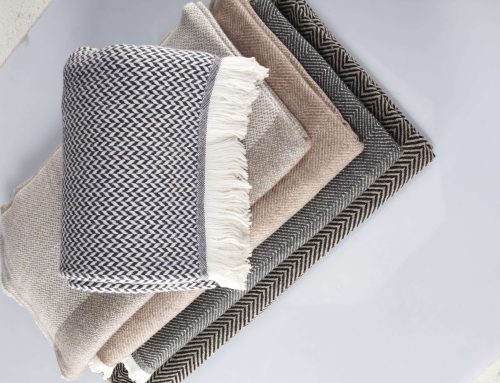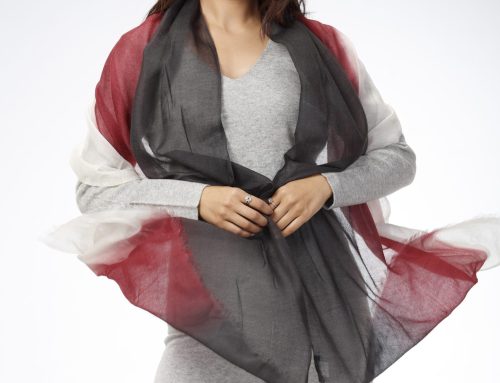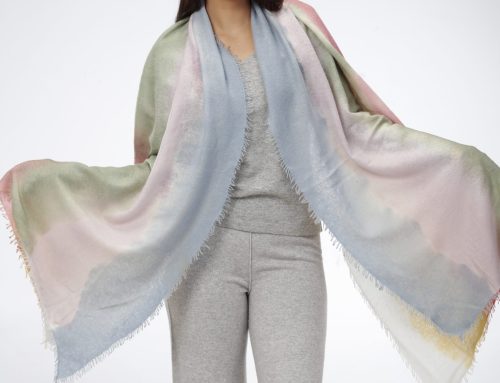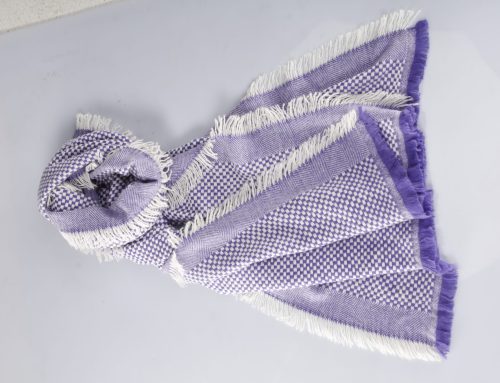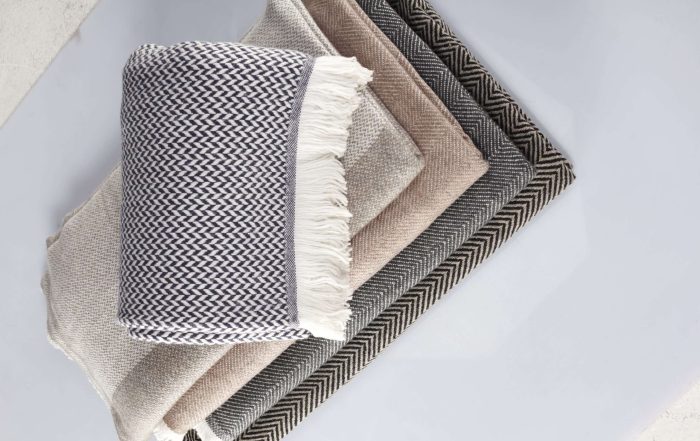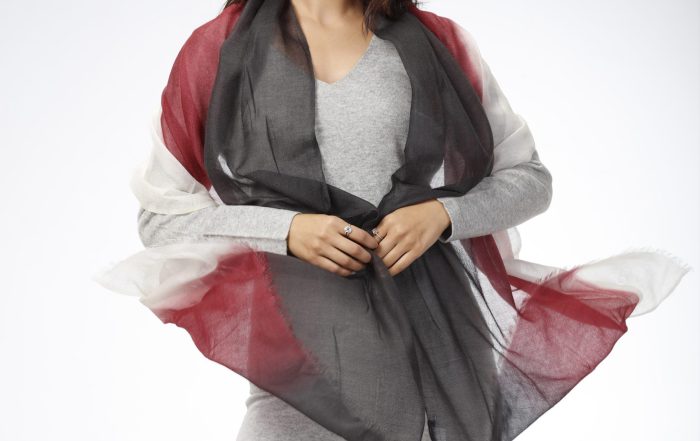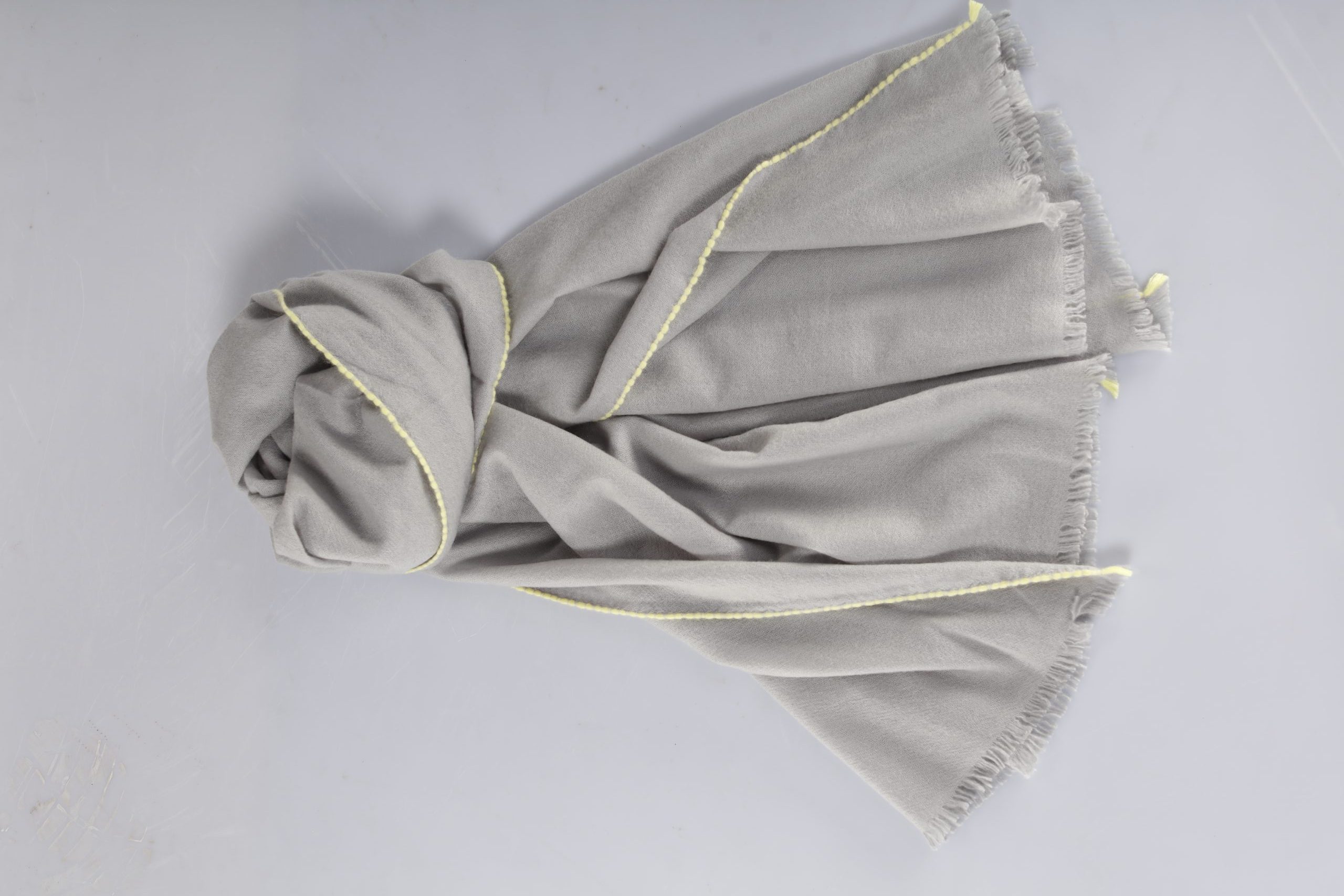
The True Value of Premium Nepal Cashmere
In the quiet valleys of the Himalayas, a centuries-old tradition continues to thrive—one that’s not only producing some of the world’s finest textiles but also empowering communities, preserving heritage, and challenging the norms of what luxury truly means. This is the story behind Nepal Cashmere, a product that marries mountain purity with artisan care. Often overshadowed by louder global brands, Premium Nepal Cashmere is now gaining the recognition it deserves—for its quality, integrity, and soul.
What Makes It Premium?
When people hear the word “premium,” they often think of exclusivity and high price. But when it comes to Nepal cashmere, premium isn’t about cost—it’s about authenticity, craftsmanship, and connection.
Extraordinary Fiber, Naturally Collected
The fibers used in high-end Nepal cashmere come from Himalayan goats, specifically bred to withstand harsh winters. Their undercoat, shed naturally once a year, is incredibly fine—measuring 14 to 15 microns, softer and warmer than regular wool.
Handwoven, Not Mass-Produced
Unlike many global cashmere items churned out in factories, premium pieces from Nepal are woven on handlooms by experienced artisans. These makers have honed their craft over generations, and their touch is evident in every piece.
The Mountain Origin: Why It Matters
Where a fiber comes from deeply affects its quality. The Himalayan terrain offers the ideal conditions—cold climate, clean air, and seasonal shedding—for goats to grow a thicker, softer fleece. Nepal cashmere draws its exceptional qualities from this environment.
From small villages to city workshops, the supply chain remains close-knit. There’s no middleman dilution—just a direct link between goat herders, artisans, and you.
A Living Tradition of Craftsmanship
Nepal’s textile heritage isn’t a marketing gimmick—it’s lived and practiced every day. Looms aren’t just tools; they’re family heirlooms. Dyes are often natural, extracted from plants or minerals. Every step—from combing the fiber to blocking the final scarf—is done with intention.
This slow, human approach contrasts sharply with fast fashion. And it shows.
The Heritage Behind Nepalese Cashmere Weaving
Cashmere weaving in Nepal is not merely a craft—it’s a living tradition. Artisans in Nepal, many from rural and family-led cooperatives, inherit techniques passed down through generations. These techniques rely on hand-spinning, small-batch dyeing, and loom weaving—ensuring each piece carries a human touch and cultural identity.
Women at the Weave
Across Nepal, many cashmere cooperatives are women-led. For these women, the trade is more than a skill—it’s a pathway to independence and dignity. Buying genuine cashmere means directly supporting these local economies.
Sustainability Is Woven In
Luxury means little if it comes at the planet’s expense. Fortunately, Nepal cashmere is rooted in sustainability. The goats are not harmed during fiber collection. Artisans work in small batches. Many workshops use solar power or rely on traditional, non-electric looms.
From ethical sourcing to biodegradable fibers, the entire process respects nature. You won’t find toxic chemicals or wasteful practices here—just thoughtful, low-impact production.
How Nepal Cashmere Compares to Other Regions
You’ve probably heard of Scottish and Italian cashmere, but how does Nepal cashmere stand up?
- Proximity to source: Nepal is much closer to the origin of raw pashmina goats
- Authenticity: Less industrial processing, more hand-finishing
- Value: Comparable quality at a more accessible price
- Ethics: Greater traceability and transparency in production
If you’re seeking both elegance and ethics, Nepal’s offering is hard to beat.
The Rise of Conscious Luxury
Fashion trends are changing. The most discerning buyers are shifting toward garments that have meaning, not just labels. Premium Nepal Cashmere fits perfectly into this “quiet luxury” movement—where quality, sustainability, and craftsmanship replace logos and flash.
Designers are now turning to Nepal for collaborations. Global retailers are stocking more handwoven pieces. Consumers want to know the story behind what they wear—and Nepal’s story is one of honesty and heart.
The Everest Cashmere Standard
At Everest Cashmere, we don’t just make garments—we preserve a legacy. Our collection is crafted by hand in small batches by expert artisans who are paid fairly for their work. We partner directly with cooperatives, ensuring transparency and trust throughout our supply chain.
We believe in slow fashion, in natural beauty, and in creating something that lasts far beyond a single season.
How to Care for Your Cashmere
Fine cashmere deserves a little love to keep it looking and feeling its best.
- Hand-wash in cool water using mild, wool-safe soap
- Avoid twisting or wringing; gently press out water
- Lay flat to dry, away from sunlight
- Store folded, not hung, to retain shape
- Use a soft brush or cashmere comb to remove occasional pills
With proper care, your premium piece can stay stunning for decades. For a detailed guide, read the Everest Cashmere Care guide
Recognizing the Real Thing
Not all soft knits are equal. Here’s how to tell if you’re holding genuine Nepal cashmere:
- It feels soft but resilient—not flimsy
- Slight natural variations in weave or color
- Labels that indicate origin and handmade processing
- The garment improves with age, not degrades
If you’re ever in doubt, remember this: true quality doesn’t scream—it whispers.
Conclusion: Wrapping Yourself in Meaning
With Everest Cashmere, wearing premium Nepal cashmere means wrapping yourself in more than warmth—it’s a story spun from highland winds, woven with quiet mastery, and shaped by human hands. It connects you to distant places and the pride of people you may never meet, but who have poured their soul into every thread.
Luxury isn’t about excess—it’s about depth. And in every thread of Nepal cashmere, there is depth beyond measure.
